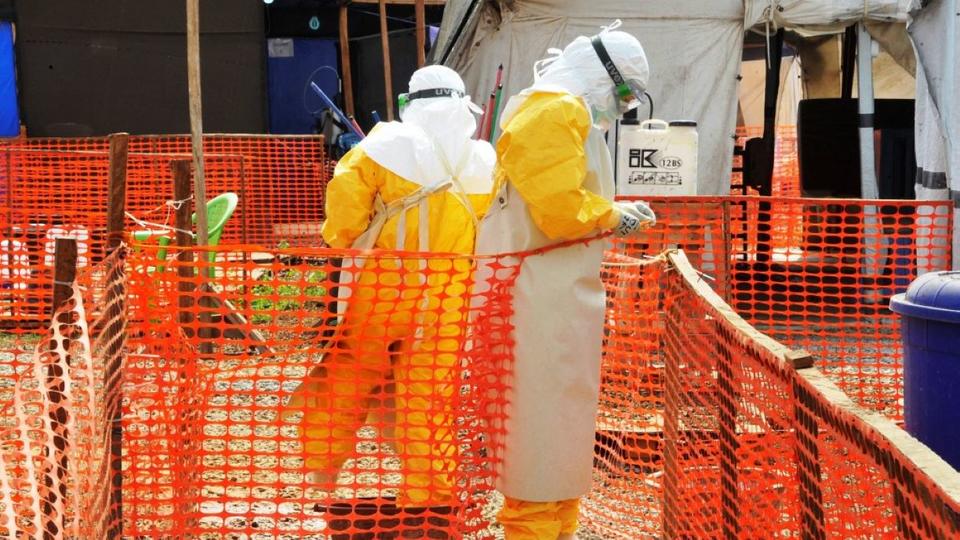Following the death of nine people in just one month in Equatorial Guinea, all affected by the Marburg virus, a hemorrhagic fever almost as deadly as Ebola, took place this Tuesday, February 14, 2023 under the auspices of the WHO an emergency meeting.
The health alert has been declared. After the death of nine people in Equatorial Guinea in just one month from the sz-Marburg virus, an Ebola-like hemorrhagic fever, the WHO has called an emergency meeting for this Tuesday, February 14, 2023.
In a brief press release, the World Health Organization (WHO) announced that it would convene “an emergency meeting” later today of the so-called Marvac Consortium, which promotes international collaboration to develop vaccines against the Marburg virus. At 3 p.m., representatives of the pharmaceutical industry, non-profit organizations, authorities and academia took stock of the epidemiological situation in the country, but also of possible treatments for the virus.
And with good reason, the cases and deaths recorded in Equatorial Guinea sound to the WHO like a “first-ever Marburg virus disease epidemic” in this African country in the continent’s mid-west.
In particular, the country has declared a “health alert” in Kie-Ntem Province and (neighboring) Mongomo District and the authorities, in close cooperation with the WHO, have implemented a containment plan to fight the epidemic. According to Health Minister Mitoha Ondo’o Ayekab, “4,325 people (who) are in quarantine in Nkie-Ntem”.
What is Marburg virus disease?
Marburg virus disease is a very virulent and dangerous hemorrhagic fever for humans. In addition, mortality rates are very high, ranging from 24% to 88% in previous epidemics, according to the WHO, depending on the virus strain and case management.
This disease was first discovered in the 1960s in Marburg, Germany, when researchers suddenly fell ill while working on a vaccine based on monkey cells. They are considered the first cases of Marburg virus disease.
What are the symptoms ?
Marburg virus disease is rather difficult to identify because the symptoms are similar to those of other tropical diseases such as Ebola or malaria.
In fact, in addition to the nine deaths, 16 suspected cases with symptoms such as fever, fatigue, bloody vomiting and diarrhea have been reported so far, the WHO regional office in Africa said on Monday.
The first noticeable symptom is usually fever, which comes on suddenly and with high intensity. The patient may also have severe headaches, which sometimes cause discomfort.
How is the disease transmitted?
Marburg virus is transmitted to humans by flying foxes and spreads among humans through direct contact with bodily fluids, such as blood, urine, or semen, of infected individuals. Humans can also be affected through direct contact with infected surfaces or materials.
Currently, this disease is widespread mainly on the African continent. Epidemic outbreaks have been reported in South Africa, Angola, Uganda and more recently Ghana.
Is there a treatment?
There is currently no vaccine against Marburg virus disease, although the disease was first discovered more than sixty years ago. In order to contain the disease as much as possible, patients follow oral or intravenous rehydration treatments, but also the treatment of certain specific symptoms makes it possible to increase the chances of survival.
According to the WHO, a number of potential treatments, including blood products, immunotherapies and drugs, and vaccine candidates are being evaluated with phase 1 data.

